I first heard of the village of Oradour-sur-Glane when I read a book that suggested that the events that occurred there during World War II were an act of reprisal by a small company of German Waffen-SS, for an attack on a convoy of trucks. The book claimed that a local band of French Partisans had attacked the German convoy, which was laden with plundered gold enroute to feather the nest of a high ranking German Officer. The Officer in question was less than impressed with this theft and decided to enact a terrible revenge on the perpetrators.
A subsequent book suggested that French Partisans had captured a German Officer, and that the attack was an act of revenge for this affront. However, in a tragic irony, the Germans attacked Oradour-sur-Glane mistaking it for the village of Oradour-sur-Vayres.
Whatever the truth, the events that unfolded in
Oradour-sur-Glane went down in infamy.
The village of Oradour-sur-Glane lies 25 km North West of Limoges in France. The original village was destroyed on 10 June 1944, when all of its inhabitants and any visitors or passers-by who happened to be in the village were brutally killed by a company of German Waffen-SS.
When the Germans arrived in Oradour-sur-Glane on the 10 June, they sealed off the village and ordered all the people to assemble in the market square for an identity check. The people gathered up included the villagers and whoever else happened to be unlucky enough to be in the Oradour-sur-Glane on the day (such as guests at the hotel, people visiting family, six people who happened to be riding their bikes through the village at the time, and children from nearby villages). Once the people were mustered, the Germans began the process of separating the men from the women and children. The men were divided into six groups and secured in barns, the women and children were detained in the church.
A single shot was the signal for the massacre to begin.
The barns containing the men, were raked with volleys of machine gun fire, which were setup low to the ground, and mainly caused leg injuries to their victims. Once the machine gun fire abated, the Germans moved through the barns finishing off any survivors they found with pistol shots, before piling straw and other combustibles onto the bodies in order to burn them. Because some of the men in the barns only suffered leg injuries in the initial machine gunning, it was believed that a number of victims would have been burnt alive in the ensuing blaze. 190 men were killed in the barns, but 6 men did manage to escape. Their escape was effected by playing dead after the machine gunning had ceased, and escaping unnoticed from the barns while they were ablaze. One of these men was subsequently noticed and gunned down.
While the men were being killed in the barns, the women and children were locked in the church with an incendiary device. After the device was ignited, women and children began to try to escape through the doors and the windows of the church. Their efforts were met by machine-gun fire. The ensuing blaze in the church was so fierce that the bronze church bells ended up as a molten mass. In total 247 women and 205 children were killed, however two women and one child did managed to survive.
These were not the only acts of savagery perpetrated by the Germans. The people who could not muster in the market square when the Germans first arrived (the ill or old for example), were shot in their homes or left to burn when their houses were set on fire. A number of prams were found riddled with bullet holes or shredded by grenade fragments and the bodies of the Baker and his family were found charred in the Bakery's oven.
In total 642 people died in Oradour-sur-Glane and the village was left in a state of ruin.
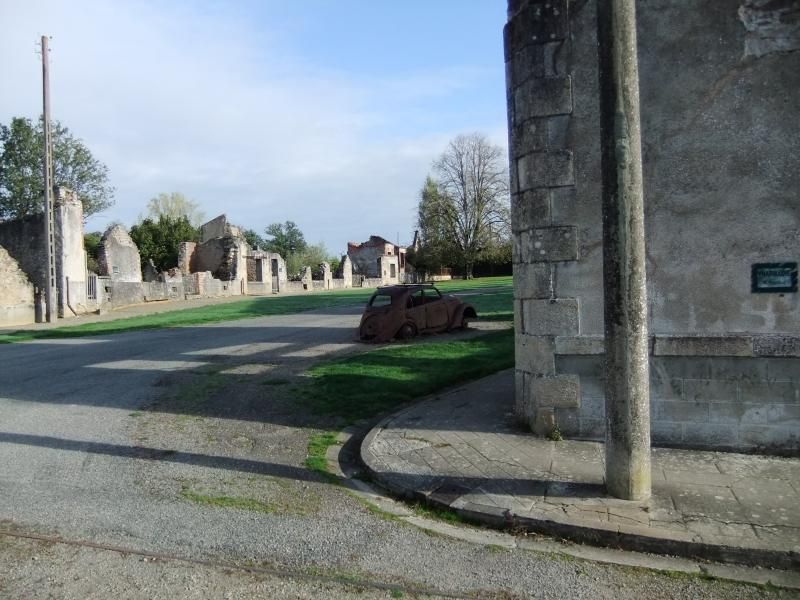 |
| The market square. |
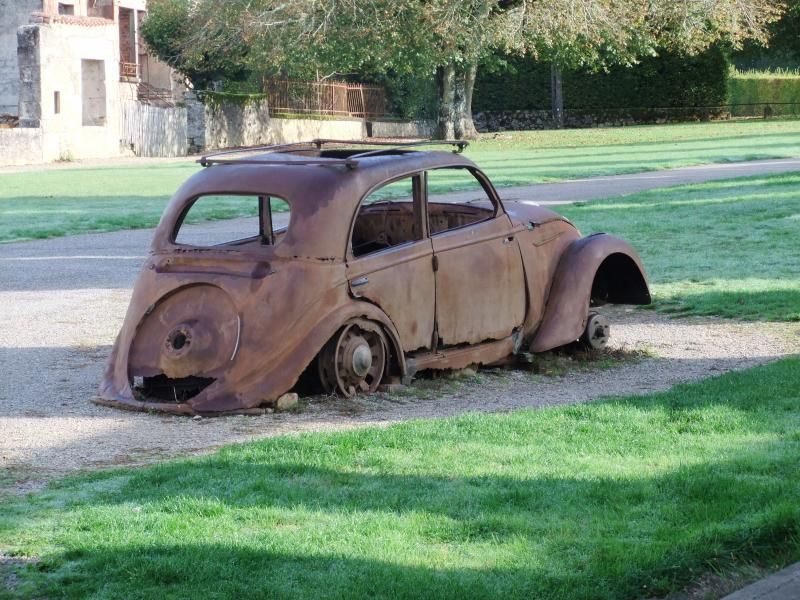 |
| The Doctor's car. |
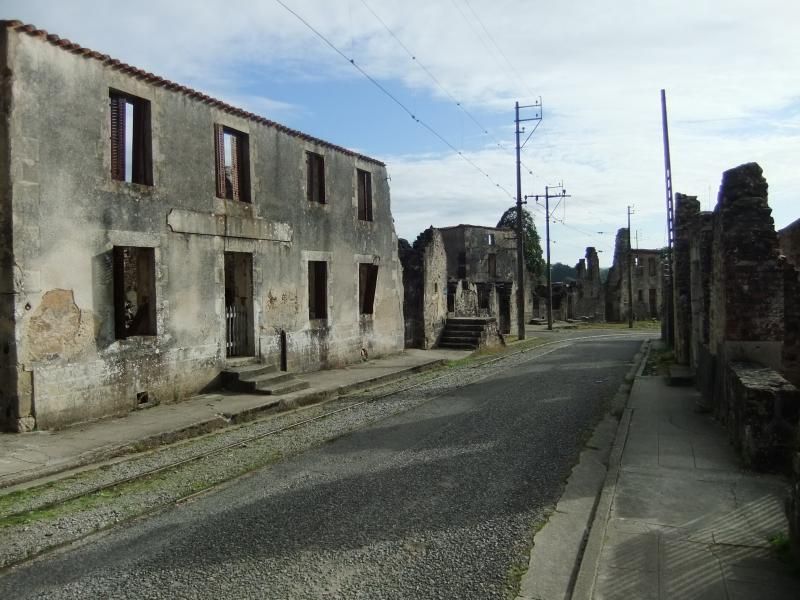 |
| A deserted street. |
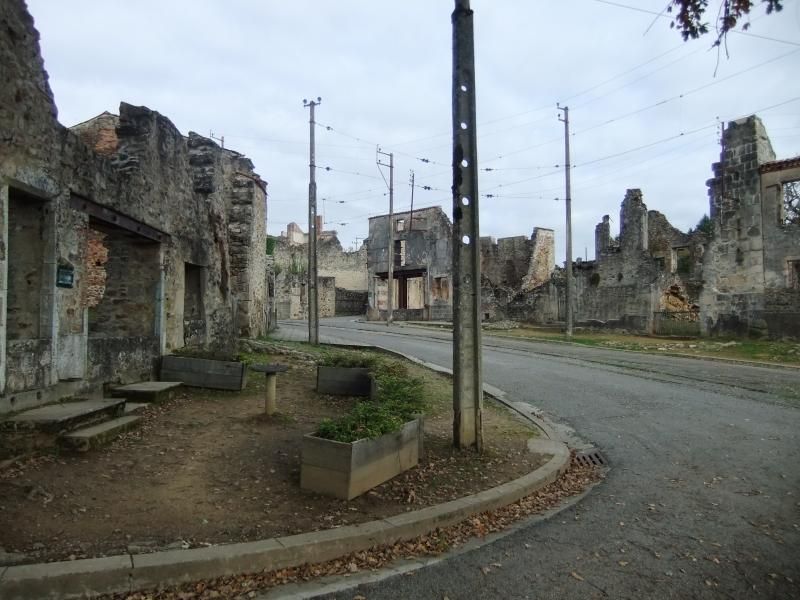 |
| A deserted street. |
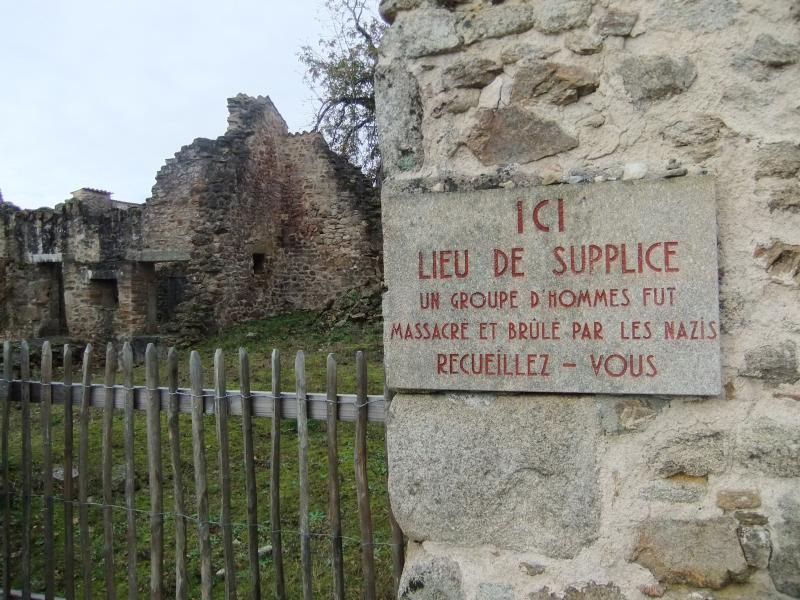 |
| One of the locations where a group of the men were killed. |
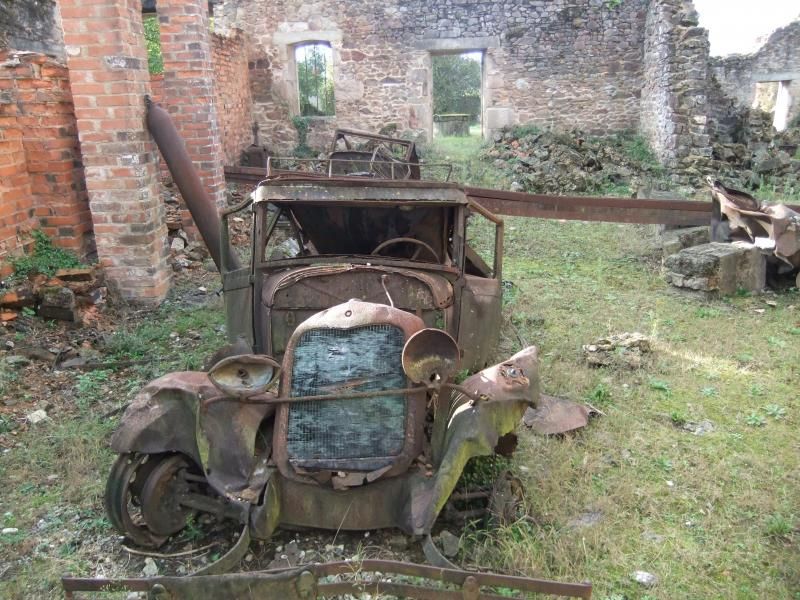 |
| Destroyed car. |
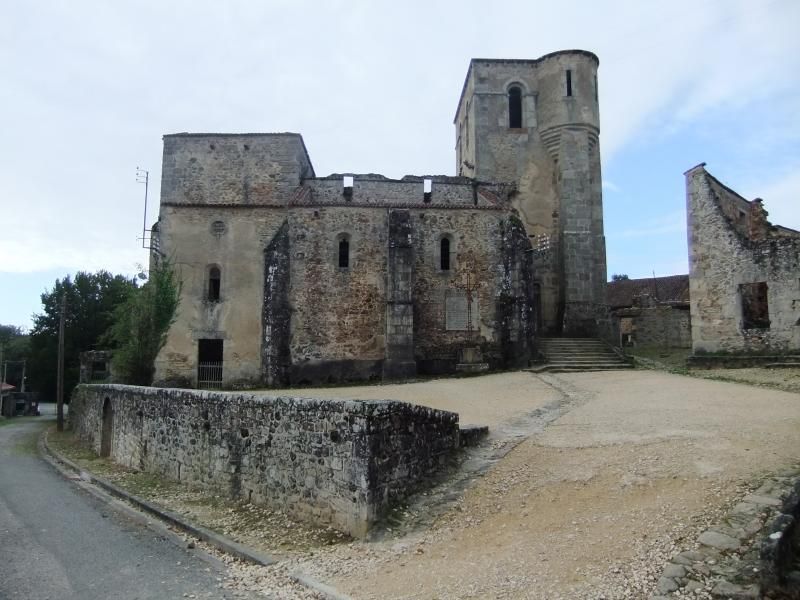 |
| The church. |
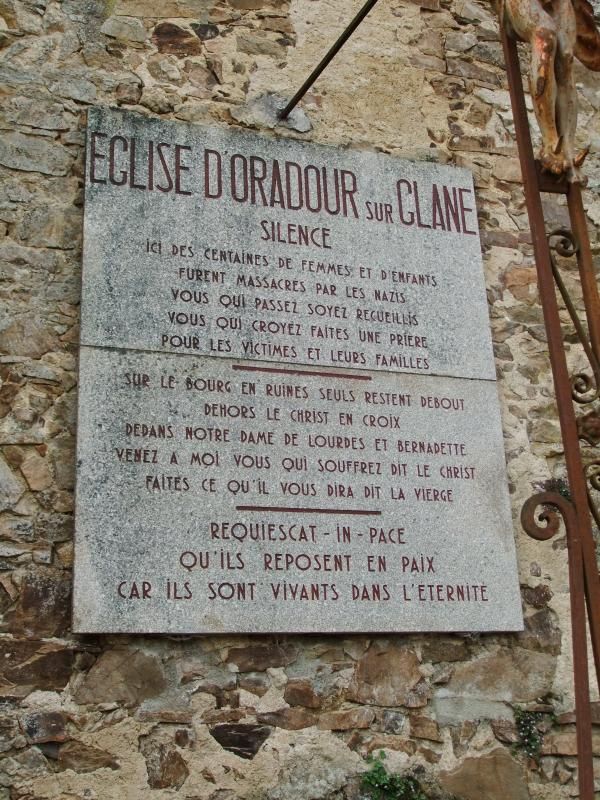 |
| Sign outside the church. |
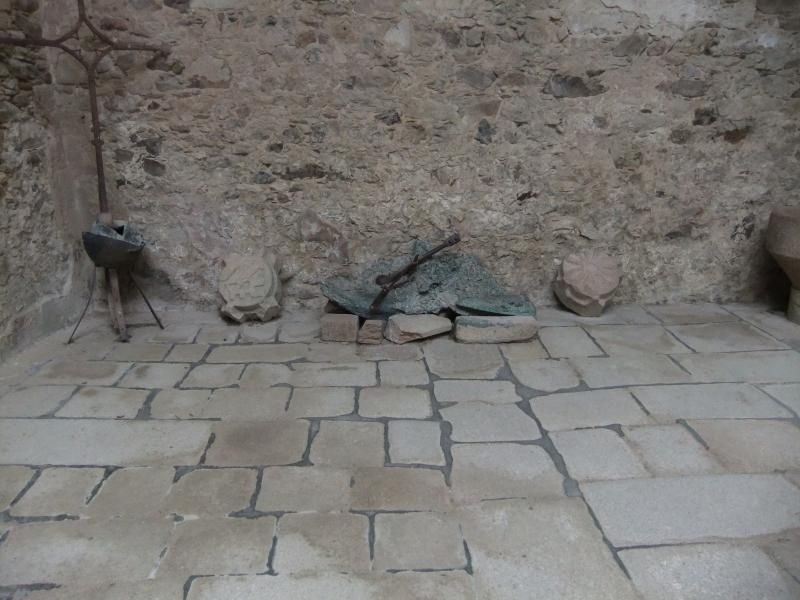 |
| The molten church bells. |
 |
| The confessional, in which the bodies of two children were found. |
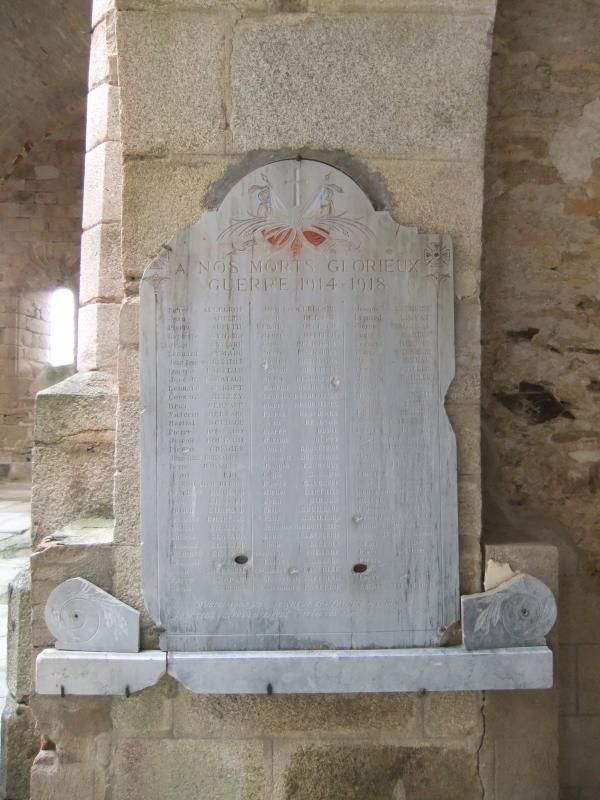 |
| WWI memorial with bullet holes. |
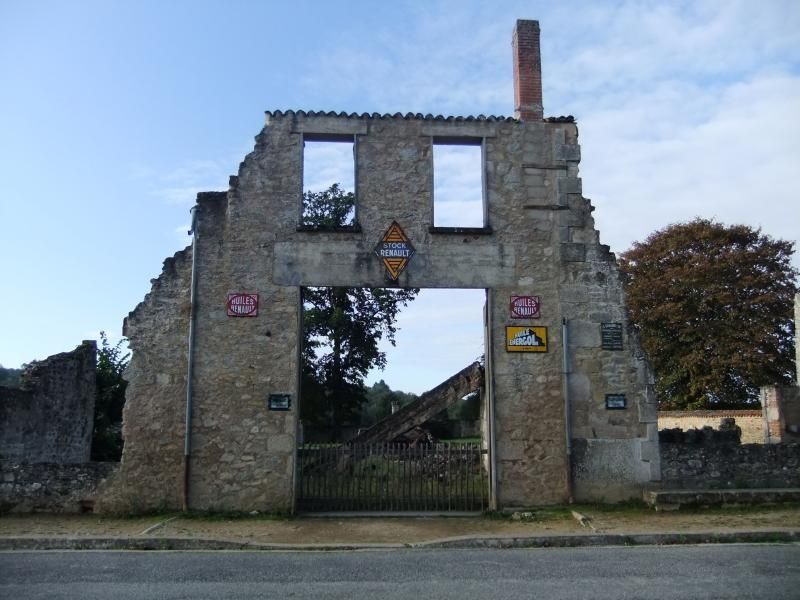 |
| The Mechanic's workshop. |
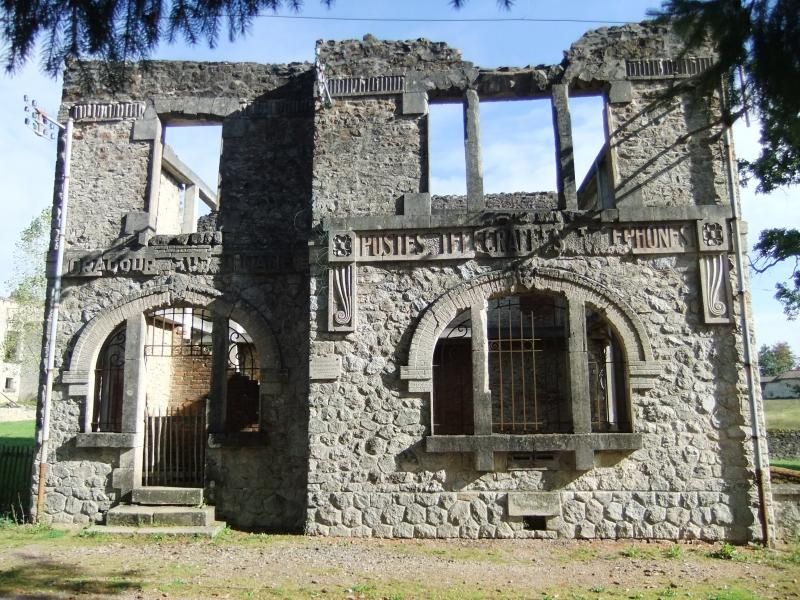 |
| The Post Office. |
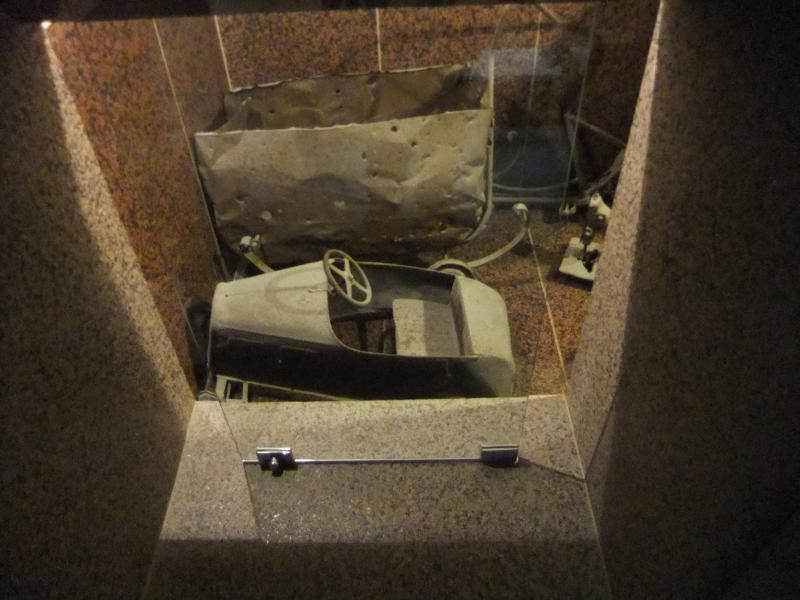 |
| Bullet riddled pram. |
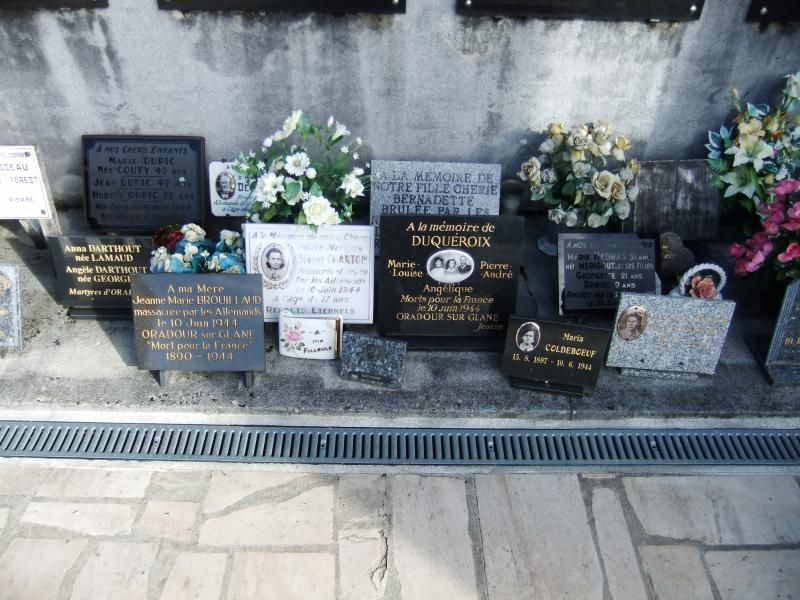 |
| Memorials to the fallen. |
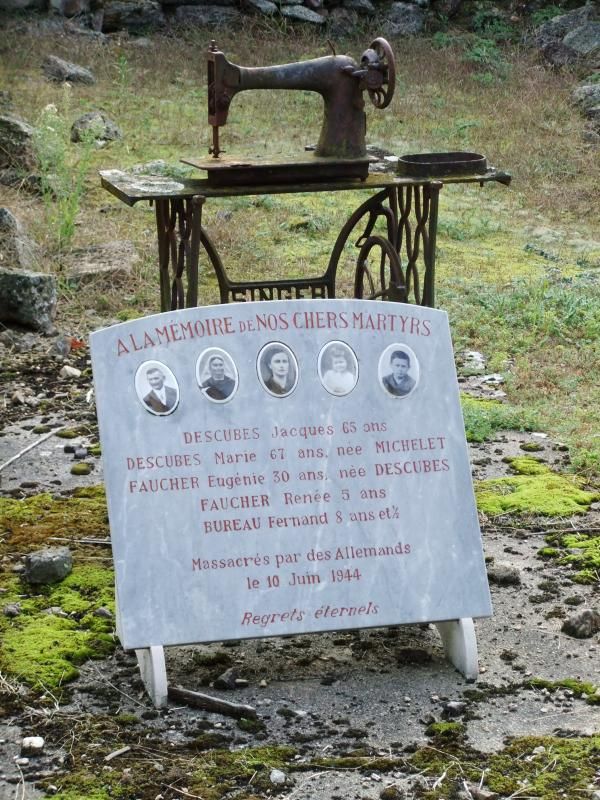 |
| Memorial to the fallen. |
 |
| Communal burial of unidentified bones. |
Pictures, France (October 2012).
If you find this post interesting please share it using the buttons below.

















No comments:
Post a Comment